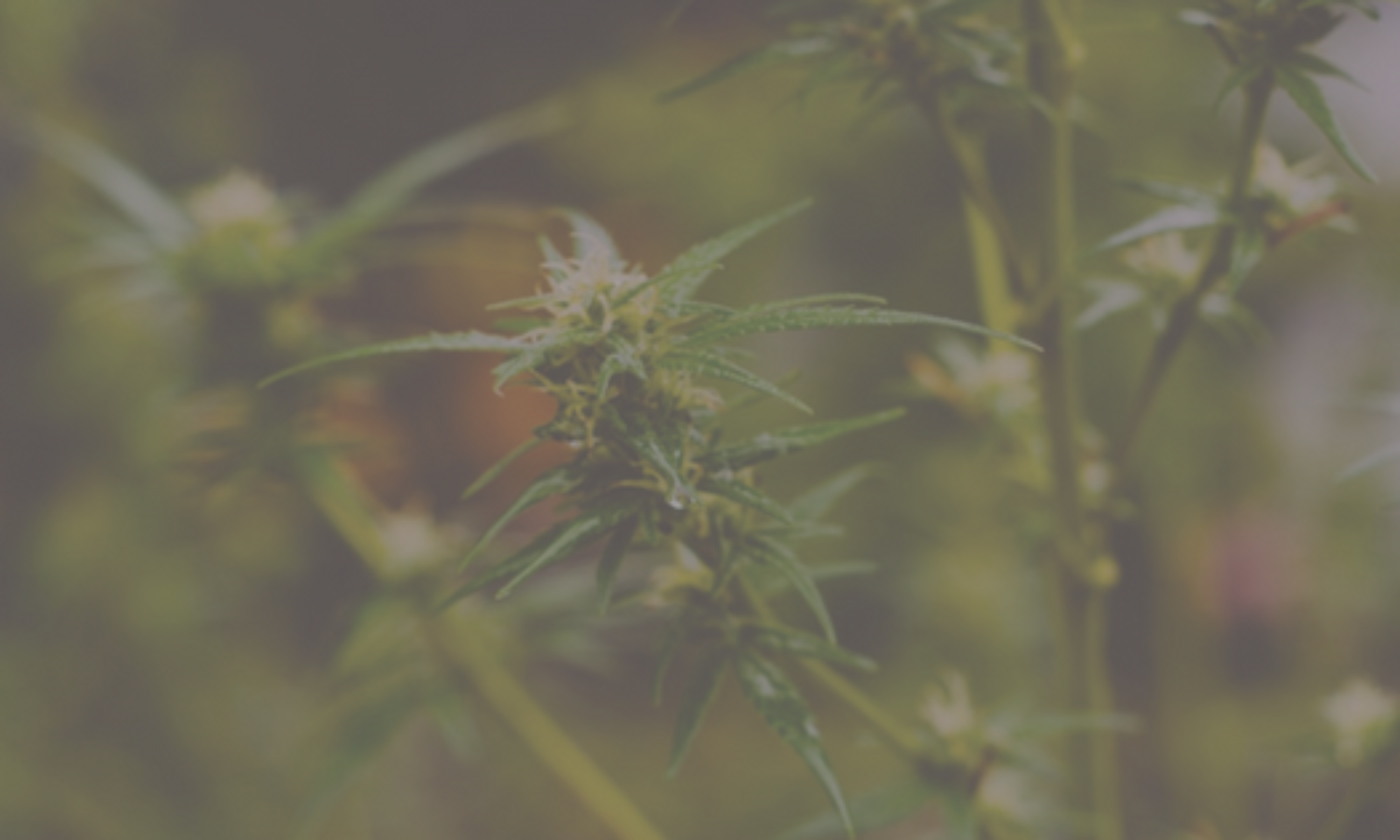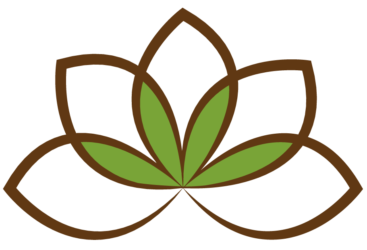Back in 2014, Dr. Penny Domm D.C. asked me if I had ever considered using cannabis-infused lotion in my sessions with clients. At the time, this thought had never occurred to me. I knew very little about using cannabis medically. I watched the CNN special, WEED, in which Dr. Sanjay Gupta first illuminated all the amazing medical benefits of cannabis. If you haven't seen the special, there are three parts.
I began researching and guess what I found... not much! There wasn't much out there on cannabis topicals because there wasn't a lot of research. Remember the industry is young and only 29 states have legalized medical marijuana, and only 8 states have legalized the recreational use of cannabis. So I thought I would do my own research. I purchased some topical crèmes started to learn as much about the cannabis industry as I could.
Rediscovering an Ancient Pain Relief Practice
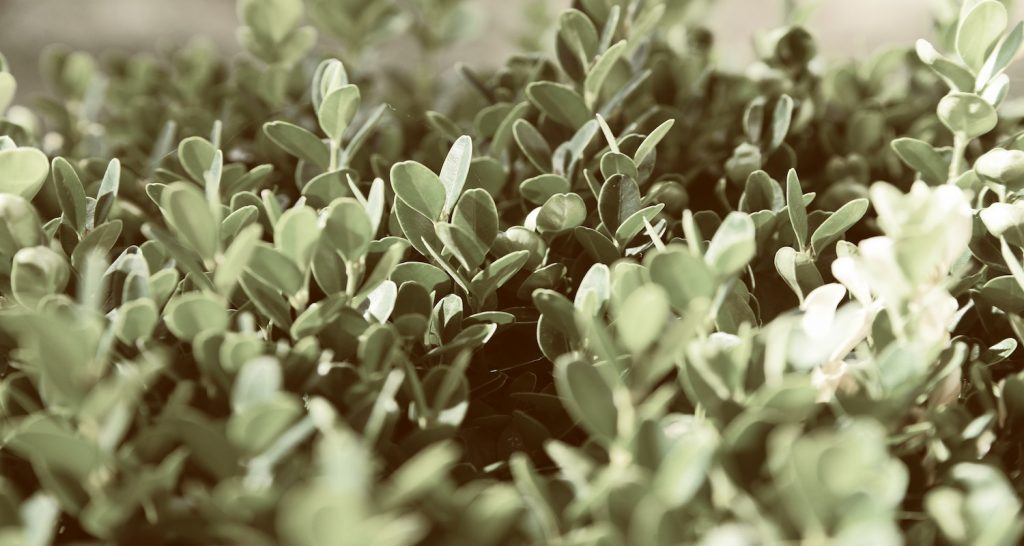
Cannabis, which is commonly known as marijuana, has a long, traditional, history of use for the relief of pain.
The recent changes in law have taken effect in as many as 30 states. Plus, the District of Columbia has made cannabis legal for medical use.
Marijuana producers started incorporating cannabis derivatives into oils, lotions and creams for massage purposes, which is where our interest originated. Additionally, there are 9 states where the recreational use of marijuana is legal.
The Science Behind Topicals
Cannabinoid receptors are present throughout the body, embedded in cell membranes, and are believed to be more numerous than any other receptor system. When cannabinoid receptors are stimulated, a variety of physiologic processes ensue.
Researchers have identified two cannabinoid receptors: CB1, predominantly present in the nervous system, connective tissues, gonads, glands, and organs; and CB2, predominantly found in the immune system and its associated structures. Many tissues contain both CB1 and CB2 receptors, each linked to a different action and purpose. Researchers often speculate that there may be a third cannabinoid receptor waiting to be discovered in addition to CB1 and CB2.
Endocannabinoids are the substances our bodies naturally make to stimulate these receptors. They are synthesized on-demand from cell membrane have a local effect and short half-life. Phytocannabinoids are plant substances that stimulate cannabinoid receptors.
Delta-9-tetrahydrocannabinol, or THC, is the most psychoactive and certainly the most famous of these substances, but other cannabinoids, such as cannabidiol (CBD) and cannabinol (CBN), are gaining research interest due to a variety of healing properties. Most phytocannabinoids have been isolated from cannabis sativa, but other medical herbs, such as echinacea purpura, have been found to contain non-psychoactive cannabinoids as well. Learn more!
The History of Topical Cannabis
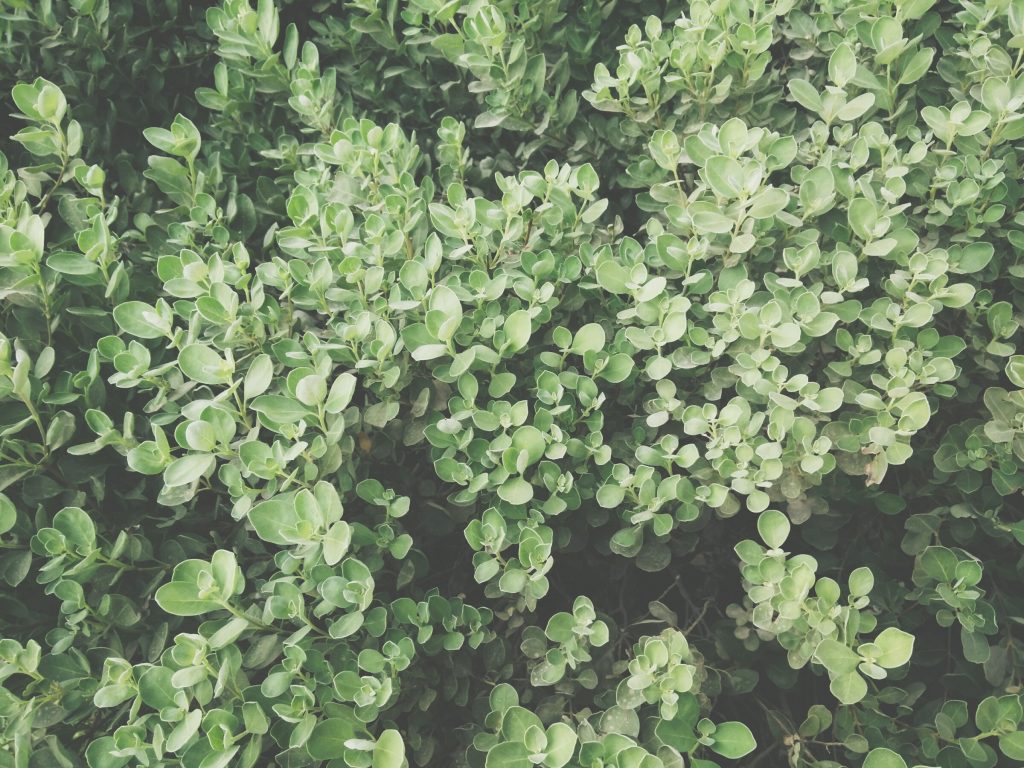
Extracts of the hemp plant, also known as cannabis sativa, cause a variety of medicinal effects unrelated to its psychoactive properties. It has been recognized as early as the third millennium BC, when Chinese texts described its usefulness for the relief of pain and cramps (Mechoulam, 1986).
In ancient India, the anxiety relieving effect of bhang, the Indian term for marijuana ingested as food, was recorded more than 3,000 years ago. The use of cannabis or hashish as a psychoactive substance reached Europe and the Americas through the Arab world in the 19th century.
During the same period, cannabis extracts gained widespread use for medicinal purposes until 1937 when concern about the dangers of abuse led to the banning of marijuana for further medicinal use in the United States. Added to this interest is the emergence of the endocannabinoid system, offering new insights into the mechanisms underlying the therapeutic actions of plant-derived phytocannabinoids.
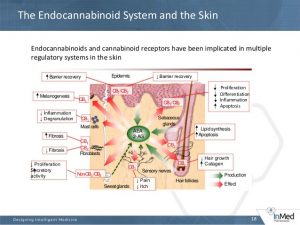
Cannabis-infused lotions through the body's endogenous cannabinoid system, which forms the biological basis for marijuana's healing magic. When you apply an infused lotion or salve to help relieve neuropathic pain, itchiness or other ailments, the cannabinoids bind to CB2 receptors in your skin.
The CB2 receptors bind the cannabinoids so the cells regenerate, allowing wounds to heal faster and easing painful chronic conditions, like eczema and psoriasis. Cannabis-infused topicals cover a "wide myriad of conditions," says Ah Warner, Founder and CEO of Cannabis Basics, located in Seattle, Washington. "People want natural solutions for their aches and pains, and we've got it for them."
Depending on the carrier oil used in formulating the body care product, the cannabinoids penetrate deeply enough into the skin to relieve muscle pain and arthritis inflammation, but not so deep that THC enters the bloodstream or the central nervous system.
Where Can I Learn More?
Massage Topicals offers classes on understanding the endo-cannabinoid system and the legal, ethical and therapeutic use of phyto-cannabinoids in therapeutic massage. To inquire about scheduling a class, please reach out to us at info@massagetopicals.com.
© 2018 Massage Topicals
